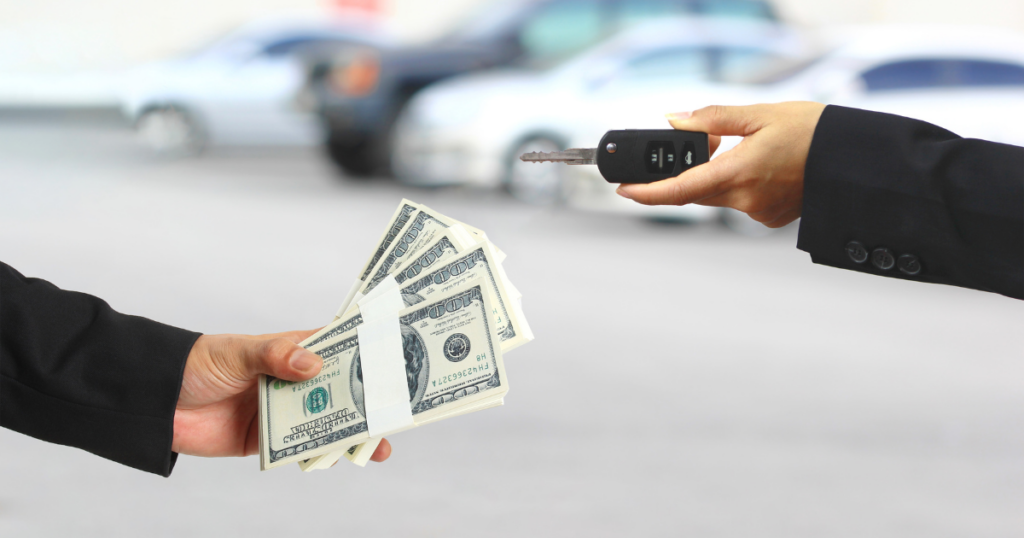
Car flipping—buying used cars at a low price, making necessary repairs or improvements, and selling them for profit—has become an increasingly popular side hustle and even a full-time business for some. With the right knowledge, strategy, and patience, flipping cars can be a lucrative endeavor. This guide will walk you through the basics of car flipping, from finding the right cars to maximizing your profits.
Learn more about Car flipping

Step 1: Understanding the Market
Before you buy your first car to flip, you need to understand the market. Knowing which cars sell quickly and at a profit is crucial. Here are some factors to consider:
Research Popular Models
Certain brands and models hold their value better and sell faster than others. Generally, reliable and fuel-efficient vehicles like Toyota, Honda, and Ford sedans tend to sell well. Trucks and SUVs also have high demand in many areas.
Study Local Trends
Market demand varies by region. For example, trucks and 4WD vehicles sell better in rural and snowy areas, while fuel-efficient cars are popular in cities. Check online marketplaces like Facebook Marketplace, Craigslist, Vehbee, and AutoTrader to see which cars are selling fast.
Identify the Best Price Range
Most car flippers find success in the $3,000–$8,000 price range. Cars in this range are affordable to many buyers and provide a good profit margin when flipped.
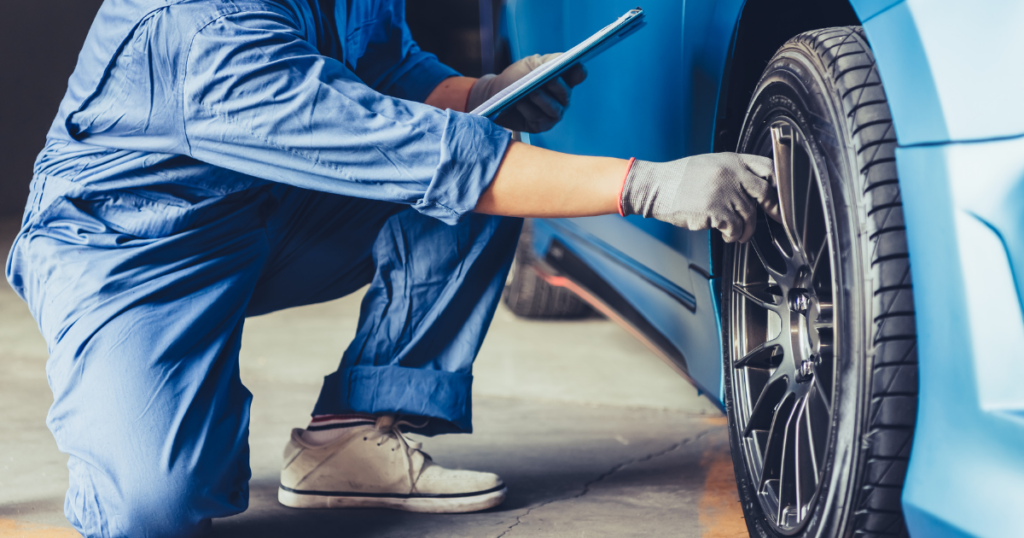
Step 2: Finding the Right Cars to Flip
Once you understand your market, the next step is to find good deals on used cars. Here are the best sources:
Private Sellers
Many private sellers are motivated to sell quickly, often pricing their cars below market value. Look for listings with limited details or poor-quality photos, as these could indicate undervalued deals.
Auctions
Public auctions, government auctions, and dealer-only auctions are great places to find cheap cars. However, be cautious—some cars may have hidden issues.
Trade-Ins at Dealerships
Dealerships often sell trade-ins at wholesale prices. Building a relationship with a dealership can give you access to deals before they hit the lot.
Repossessions and Estate Sales
Banks and credit unions sell repossessed cars at discounted prices. Estate sales also provide opportunities to buy well-maintained vehicles below market value.
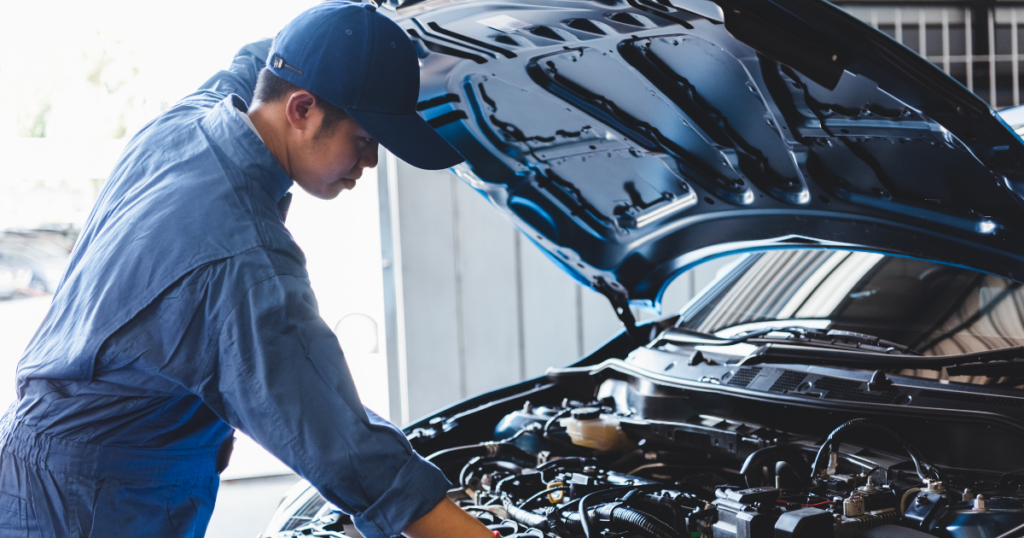
Step 3: Evaluating and Inspecting a Car
Buying the wrong car can lead to unexpected repair costs, reducing your profit. Here’s how to inspect a potential flip:
Check the Title and History
Use services like Carfax or AutoCheck to verify the vehicle’s history. Avoid cars with salvage titles unless you have the expertise to fix them.
Perform a Mechanical Inspection
If you’re not a mechanic, bring someone who can check the engine, transmission, brakes, and other critical components.
Look for Easy Fixes
Cosmetic repairs such as minor dents, scratches, or worn-out tires are usually inexpensive and can significantly increase a car’s resale value.

Step 4: Negotiating the Best Price
Buying low is key to making a profit. Here are some negotiation tips:
- Point Out Flaws – Use minor issues as leverage to negotiate a lower price.
- Be Ready to Walk Away – If the seller isn’t willing to negotiate, move on to another deal.
- Cash is King – Offering cash can sometimes convince a seller to accept a lower price.
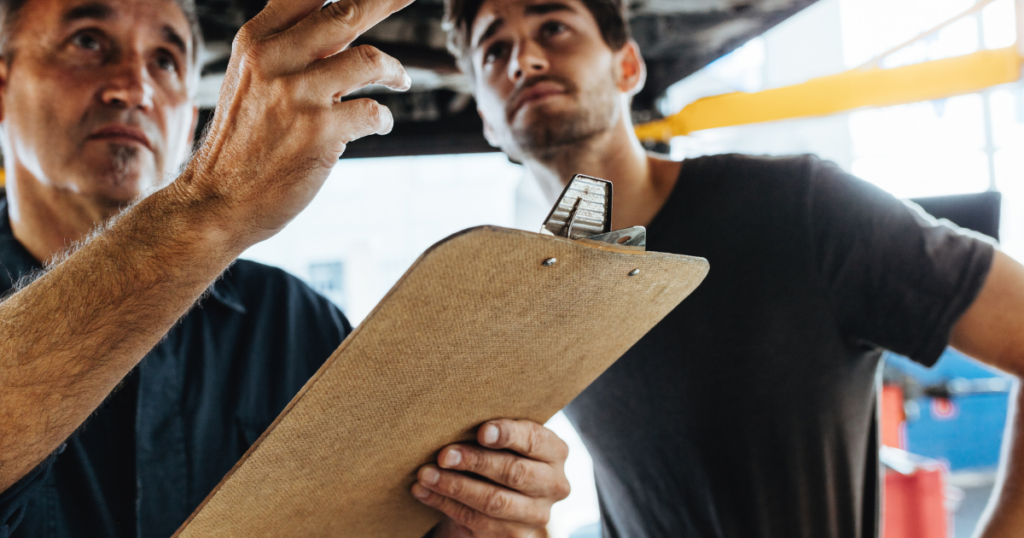
Step 5: Making Necessary Repairs and Improvements
Not every car needs a complete overhaul. Focus on cost-effective repairs and improvements that add the most value.
Common Fixes That Increase Value
- Detailing – A deep clean inside and out makes a car look brand new.
- Minor Paint Touch-Ups – Small fixes can make a big difference.
- Headlight Restoration – Improves both appearance and safety.
- Tire Replacement – Worn-out tires can turn buyers away.

Step 6: Pricing Your Car for Maximum Profit
Pricing your car correctly ensures a quick sale while maximizing profit. Research similar models in your area to determine a competitive yet profitable price. You can also list your price slightly higher than your target to allow room for negotiation.
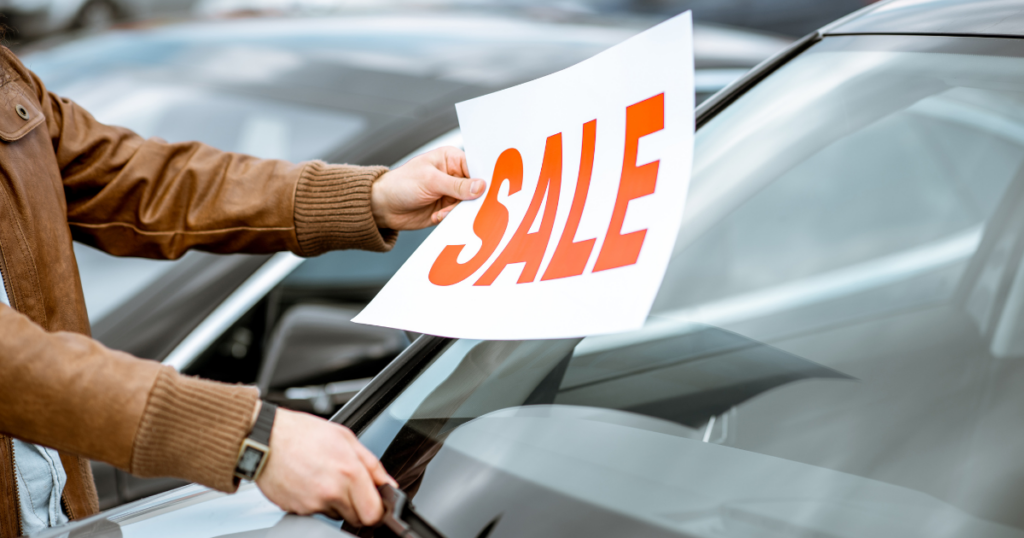
Step 7: Marketing and Selling Your Car
The way you present your car to potential buyers impacts how quickly it sells.
Take High-Quality Photos
Clean the car thoroughly and take photos from multiple angles in good lighting. Interior shots and close-ups of key features help attract buyers.
Write a Compelling Description
A good listing should include:
- Year, make, and model
- Mileage
- Condition
- Recent repairs or upgrades
- Price and contact information
Where to List Your Car
- Vehbee – A dedicated automotive marketplace for buying and selling vehicles efficiently.
- Facebook Marketplace – Free and popular with local buyers.
- eBay Motors – Good for reaching a larger audience.

Step 8: Closing the Sale
Once you find a buyer, follow these steps for a smooth transaction:
Be Safe When Meeting Buyers
Meet in a public place, such as a police station parking lot, and avoid accepting personal checks.
Have the Paperwork Ready
Prepare the car title, bill of sale, and any maintenance records to provide transparency.
Accept Secure Payment
Cash is preferred, but if accepting a bank transfer, ensure the funds are cleared before handing over the keys.
Common Mistakes to Avoid
- Overpaying for a Car – Always research before purchasing.
- Ignoring Repairs – Even small issues can turn buyers away.
- Poor Marketing – Bad photos and vague descriptions lead to fewer inquiries.
- Holding onto a Car Too Long – The longer you keep a car, the lower your profit margin due to storage costs and depreciation.
Conclusion
Car flipping is a profitable venture when done correctly. By understanding the market, sourcing good deals, making smart repairs, and using effective selling strategies, you can successfully flip cars for a consistent profit. Whether looking for a side hustle or a full-time business, car flipping can be a rewarding way to earn income while working with vehicles you love. To make your buying and selling process easier, consider using Vehbee, a trusted automotive marketplace designed to connect buyers and sellers efficiently.



